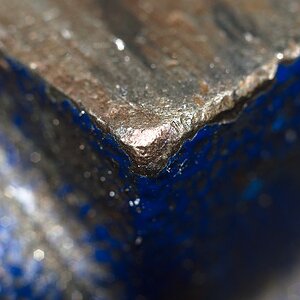- Joined
- Jul 14, 2011
- Messages
- 4,173
- Reaction score
- 2,551
- Can others edit my Photos
- Photos OK to edit
Problem is it's not accurate at all. You are figuring that every image you have already created to this point had to pay for the equipment. You are still using the equipment and it still has resale value, so...
The average life of a DSLR is something around 100,000 clicks. You have a LOT more clicks that need to be figured into that. Which brings your first figure down around .07 cents
Your second figure somewhere around .11 cents.
And lenses don't have a shutter life of 100K. If you care for them you will have them for the life of 2, 3, 4 or even more cameras, so they have to be figured differently.
I've taken an isolated slice of data and extracted findings from it, findings which are accurate to that slice of data. These findings do not accurately indicate future costs. These findings do not account for resale value. It's simply a representation what it's cost me to this point, and roughly what it will cost me every time I press the shutter in the near future.
Did you use the 100,000 shutter life # to arrive at the projected costs?


 . In other words, it leaves more questions than answers.
. In other words, it leaves more questions than answers. 
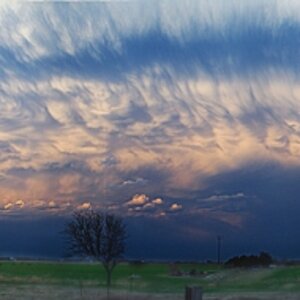
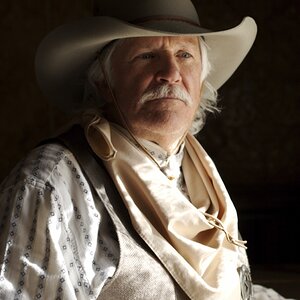

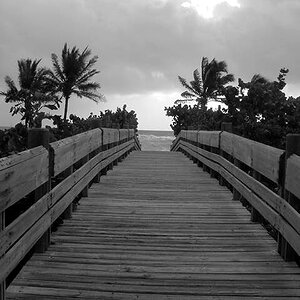

![[No title]](/data/xfmg/thumbnail/42/42397-30faa170de7ed9be38adf00b9b26a220.jpg?1619740167)
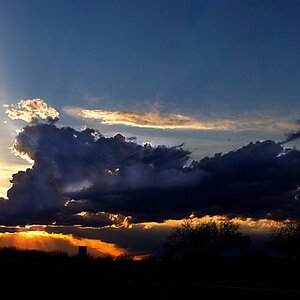
![[No title]](/data/xfmg/thumbnail/42/42351-b976e32171d0405397bf5237bc4b902e.jpg?1619740148)
![[No title]](/data/xfmg/thumbnail/34/34119-711b53445c011079fb89b6f42682ed00.jpg?1619736289)
